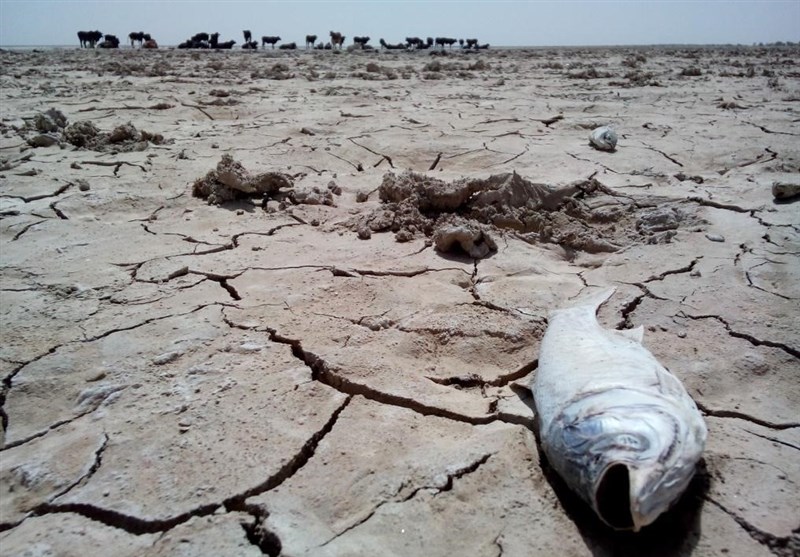As
we have read in the topic synopsis and previous blog posts, droughts and
famines can bring political unrest with them. Scientists point out that these
events will only become more common and extreme with climate change. Many parts
of the world are currently under drought, and one of those places in Iran. This
has been one of the driest years in recent history for Iran and the future
doesn’t look much better as it is predicted that Iran will close the rain year
at 80% below average rainfall. Iran’s Drought and Crisis Management Center has
declared that 96% of Iran’s land is under “prolonged drought conditions.”
One
of the biggest problems that this drought has brought to Iran is water
scarcity. Farmers in rural areas do not have enough water to farm and as the LA
Times article points out, there have been protests by farmers who feel that the
government is not addressing their problems. There was one instance when
communities in the mountains of western Iran organized demonstrations in front
of the governor’s office in response to a project that would divert water from
their area to a bigger city sixty miles away. In this time of drought, it seems
that people who live in rural parts of Iran are worried that they will not have
enough to eat and they are unhappy with the response of the government, which seems
to prioritize urban areas.
In
the past few months, there have been many protests around Iran surrounding many
issues such as political freedoms and unemployment. However, the effect that
the droughts have had on the food supply and on the daily life of people living
in rural areas has not received much coverage. This is why I thought this
article was interesting, as it covers a topic that is not getting much attention
right now and that could have implications in the future, given the grim
outlook for Iran’s drought.
Questions:
1) What do you think will happen if
Iran’s drought worsens (as it is predicted to)?
2) How can a country that is
suffering from a drought deal with the conflict of prioritizing urban areas
over rural areas when it comes to the water supply? Can you think of what
implications this could have on issues such as the food supply and immigration?
Source:
http://www.latimes.com/world/middleeast/la-fg-iran-protests-climate-change-2018-story.html
Image: https://newsmedia.tasnimnews.com/Tasnim/Uploaded/Image/1395/12/16/1395121610073543810190314.jpg

The Republic of Chile believes that if Iran’s drought worsens that the population will decrease due to lack of food and water. Without these necessities farms and industries are unable to function, therefore resulting in unemployment rates rising. If the drought worsens and the are becomes uninhabitable people may start migrating creating an influx of refugees in neighboring countries. In Chile there was a drought in the beginning of 2017, this led to a major fire that destroyed over 2,300 square miles of land. In response to this, Chile's government is determined to have better water conservation methods, creating more green spaces, and have awareness about climate change and drought. In Iran there have been cases where the government prioritizes urban areas over rural areas. Which is why Chile strongly believes in the equal distribution of the water supply and for more governments to notice/take in consideration the rural areas. Seeing as rural areas are a main source of where food comes from.
ReplyDeleteAs a nation that heavily emphasizes the need for adequate agricultural conditions for farmers, Malaysia sees droughts as a critical threat. If the horrid condition in Iran grows at the rate that is currently being projected, the nation will be subject to issues far beyond a dwindling population. One of these will be economic damage. Seeing that a large portion of Iran’s economy belongs to income from water-based produce such as farming and fishing, there will be no way for the country to make up for the deficit that is certain to arise. Thus, the drought will deal a severe blow to the financial positioning of Iran.
ReplyDeleteFortunately, this can be improved by bridging the gap between urban and rural areas. If water resources were to be distributed more equally between the two areas, the impact of the drought on certain regions would be significantly diminished. In order to accomplish this, it is crucial to allocate water based on population size. Water must be allotted to cities based on the number of people they hold, instead of their type, to ensure that all people have access to the little water the nation has. Distributing water in this fashion will maximize possible agriculture, lessening the effects of the drought.